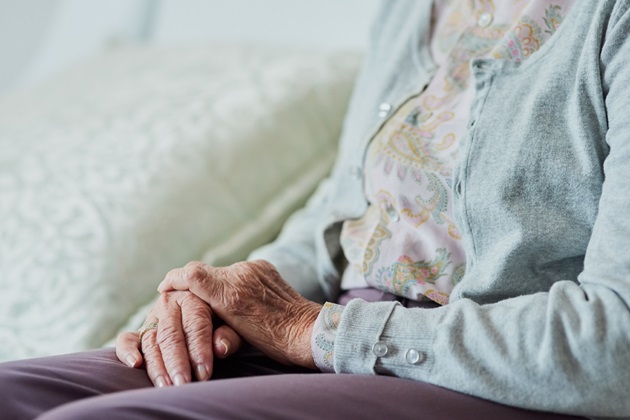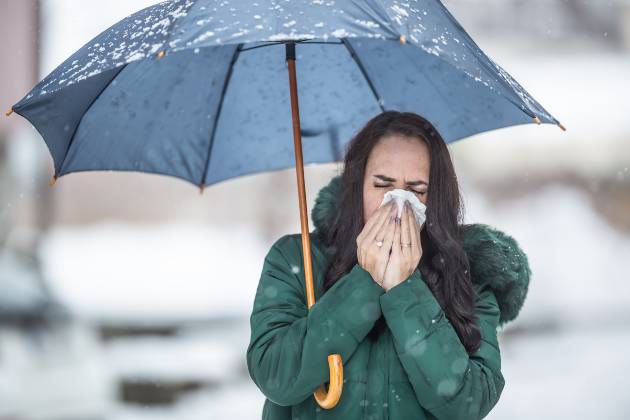With widely reported failures surrounding the UK’s test and trace system, how are care homes being affected?
Testing residents and staff for COVID-19 has become fraught with frustrations for the Glasfryn House nursing home in Swansea.
Since June, they were submitting samples every week, with results back in a couple of days. But at the end of August, the government’s policy changed to once a fortnight. “Then we waited nine days for the results,” says the home’s manager and registered nurse Maria Cahalane.
Given a number to chase up the results, the home’s deputy manager spent more than an hour on the phone but could still only log 10 requests for the home, which has capacity for 34 residents, who are mostly older people. “It was no use to us at all,” says Maria.
Mixed and changing messages are another concern. “One day we were told we could have results back in 72 hours,” she says. “Then the following day, another email said it could take up to three weeks because of the high volume.”
Already a member of staff has had to take time off because their child has been sent home from school with a temperature, and she is now trying to get a test. “The same happened a few weeks ago, but a test was available in a couple of days. Now we’re hearing there are fewer tests and they’re not happening as quickly,” says Maria. “She could be off for a couple of weeks before she can get her children tested. If the same happens to someone else with children, I could be really depleted for staff. It’s very worrying.”
At one point we felt we’d got a grip, but now that feels like it’s slipping
At Maria's home, they had three residents with confirmed COVID-19, sadly losing two of them. In one instance, a person was discharged from hospital to their care, but died of the virus a few days later. “We were asked to take patients from the NHS to help them cope and we willingly took people in, without them being tested first, because we thought we were doing the right thing,” says Maria.
“Back then, there wasn’t much guidance about what to do, with talk of testing, but it was months before we had any. But we’ve been luckier than many other homes, who have lost a lot of their residents. I’m so proud of my team. They’ve all gone the extra mile.”
Lack of simple and quick access to testing, combined with pressures to allow increasing numbers of visitors into the home, is driving her anxieties about the future. “While on the one hand, I don’t want to say no to families, who I know are desperate to come in, the more visitors I let in, the more the risks increase,” explains Maria. “We’re already getting spikes locally. At one point we felt we’d got a grip, but now that feels like it’s slipping.”
‘I feel very let down’
For operations manager Sara Gallagher, a proper system of testing is fundamental to being able to function more effectively – but it’s not happening.
“I feel very let down,” says Sara, who works for Sears Healthcare, which has two care homes in Hampshire. “The perception of the general public is that we’re getting all this testing – but we’re not. It doesn’t matter what the politicians say, our lived experience is nothing like what it should be.”
While routine testing was supposed to begin on 6 July, one care home in Andover didn’t receive tests until the end of the month, while the second in Romsey was even later in August. “And we’re still having massive difficulties,” says Sara, who qualified as a nurse in 1996, working in care homes for most of her career. “We’re not getting test results back before we have to test again. The whole point is to get a swift result so you can implement your action plan if you need to, acting to limit a spread if any results are positive.”
Although they shut their doors two weeks before the official lockdown, both of the organisation’s homes lost residents to the virus, with 11 people recorded as dying from COVID-19 of 90 residents overall. “They are assumed deaths from the virus,” she explains. “Testing took so long to emerge that it’s unclear. Some of these residents had been admitted for palliative care and were expected to pass away, but still had COVID-19 on their death certificates.”
During the worst of the crisis, they kept going with an all-hands-on-deck approach. “Everyone did whatever was needed at the time,” says Sara. “Usually we have all kinds of engagement and spend lots of time talking to the residents, but we couldn’t do that. It was very sad. Instead, we had to reduce to whatever kept them safe, fed, hydrated and without having their health adversely affected. It became an emergency situation.”
I would feel a lot more confident if I believed the test system worked. But at the moment it's farcical
They’ve spent the summer doubling down on their preparations. “We know the virus hasn’t gone away,” says Sara. “We’ve not flung our doors wide open but been very careful. It’s difficult for visitors to understand the guidance. They see people going to the pub or a restaurant and think how can they do that, when we can’t visit our relatives as much as we like? I see their point, but they can’t.”
A better testing regime would radically improve their situation, she believes. “I would feel a lot more confident if I believed the test system worked,” says Sara. “If all my residents had a test on Wednesday and by Thursday, we knew the outcome – whether everyone was fine or we had some positive results, we could put our plan into action. But at the moment it’s farcical. There is complete denial that it’s not working.”
Words by Lynne Pearce
More information
For the latest information and advice on COVID-19 and how it affects you, visit our COVID-19 webpages.








